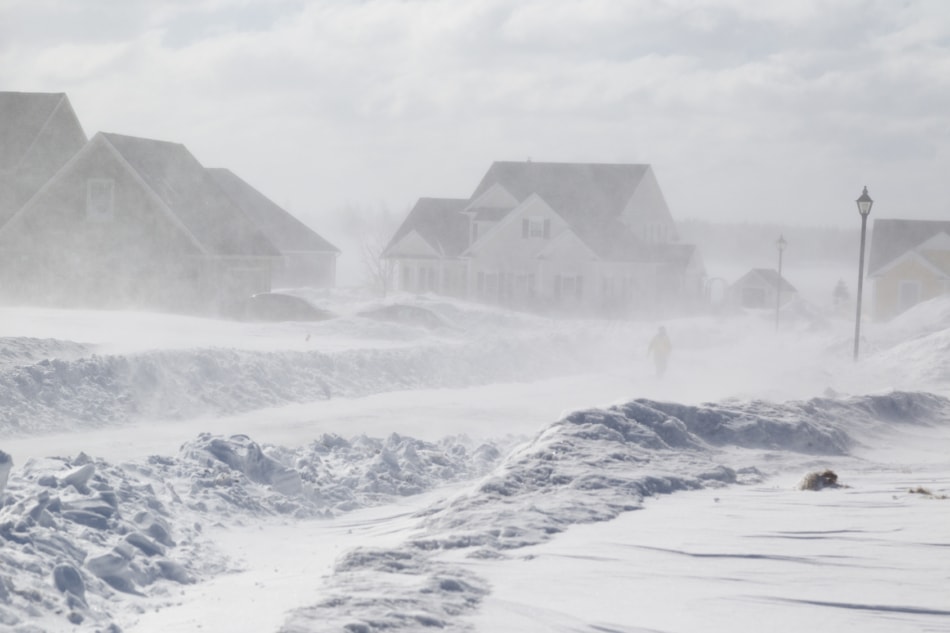

The oil sands are loose sand or partially consolidated sandstone containing naturally occurring mixtures of sand, clay, and water, saturated with a dense and extremely viscous form of petroleum technically referred to as bitumen.


Located in northern Alberta Canada the Oil sands, tar sands or, more technically, bituminous sands, are a type of unconventional petroleum deposit. This will be done by installing additional 6,000 horsepower pumps in 8 pumping stations. This expansion will not effect the Midwest in oil supply as Enbridge is currently seeking line reversals in Canada to get oil to Portland Maine, with other line reversals from Chicago, IL to Houston, TX. Alberta Clipper is a 1,607-km (1,000-mile) crude oil pipeline that provides service between Hardisty, Alberta, and Superior, WI. These permits are to increase the flow of DilBit from 450,000 to 570,000 barrels per day, with another increase planned up to the pipeline capacity of 880,000 barrels per day. They are seeking approval for a “Certificate of Need” permit from the State of Minnesota Public Utilities Commission, and a “Presidential Permit” from the US State Department. has applied to increase the daily amount of Alberta Tar Sands Diluted Bitumen (DilBit) through the recently completed 36-inch Alberta Clipper pipeline. Click Image to Enlarge View.Įnbridge Energy Inc. One of the pipelines, which has largely escaped notice, could ship more tar sand oil than the controversial Keystone XL. is expanding its network of pipelines to carry thousands of additional barrel of oil to and through the United State each day. Enbridge’s Keystone-Like ExpansionĬanadian company Enbridge Inc. Indigenous Environmental Network Enbridge Energy Line 67 (Alberta Clipper) Expansion Fact SheetĬLICK HERE TO DOWNLOAD This Fact Sheet.


 0 kommentar(er)
0 kommentar(er)
